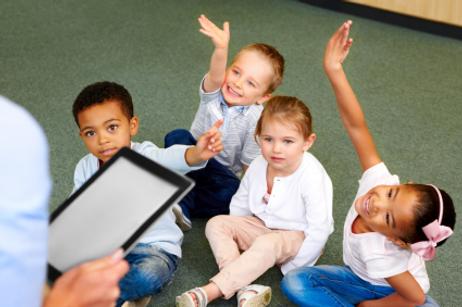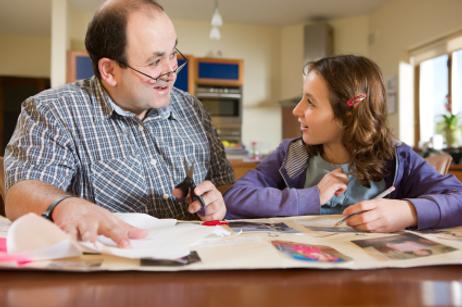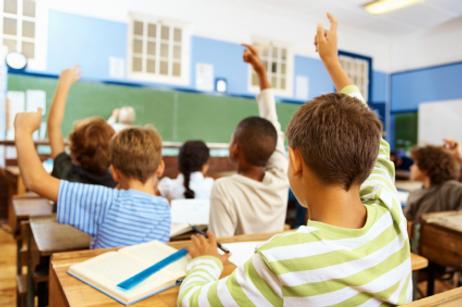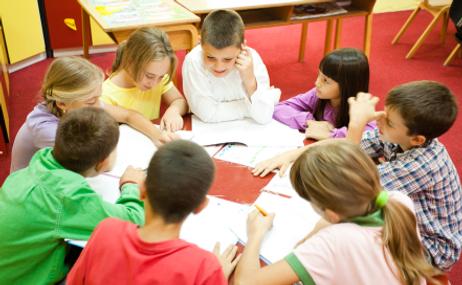The Parent Teacher Association (PTA) is a nationwide network of parents and teachers working together in national, state, and local organizations to improve the lives of children. Membership at the local level is open to anyone who has an interest in children. There are now close to 6 million members in 23,000 local chapters. Joining the PTA is an excellent way for parents to get involved in their children's education. Local PTAs throughout the country are making a difference in the quality of children's education.
A local PTA chapter is part of a national network of organizations working together for children's interests. Most parents join a local unit, which automatically gives them membership in the state and national PTAs. The local unit can represent a single school or a group of schools. Local units have the autonomy to establish their own priorities, select the national programs in which they will participate, assess the needs of the school, and decide how to raise needed funds.
This video explains reasons for joining the PTA.
Fundraising
Local units frequently hold fundraisers, the proceeds from which go to support school programs, building maintenance or improvements, and educational events. The following are examples of how local PTAs can improve a child's education.
The children at Washington Elementary School in San Gabriel, California, are enjoying their art classes once again this year, thanks to a $6,000 donation by






















